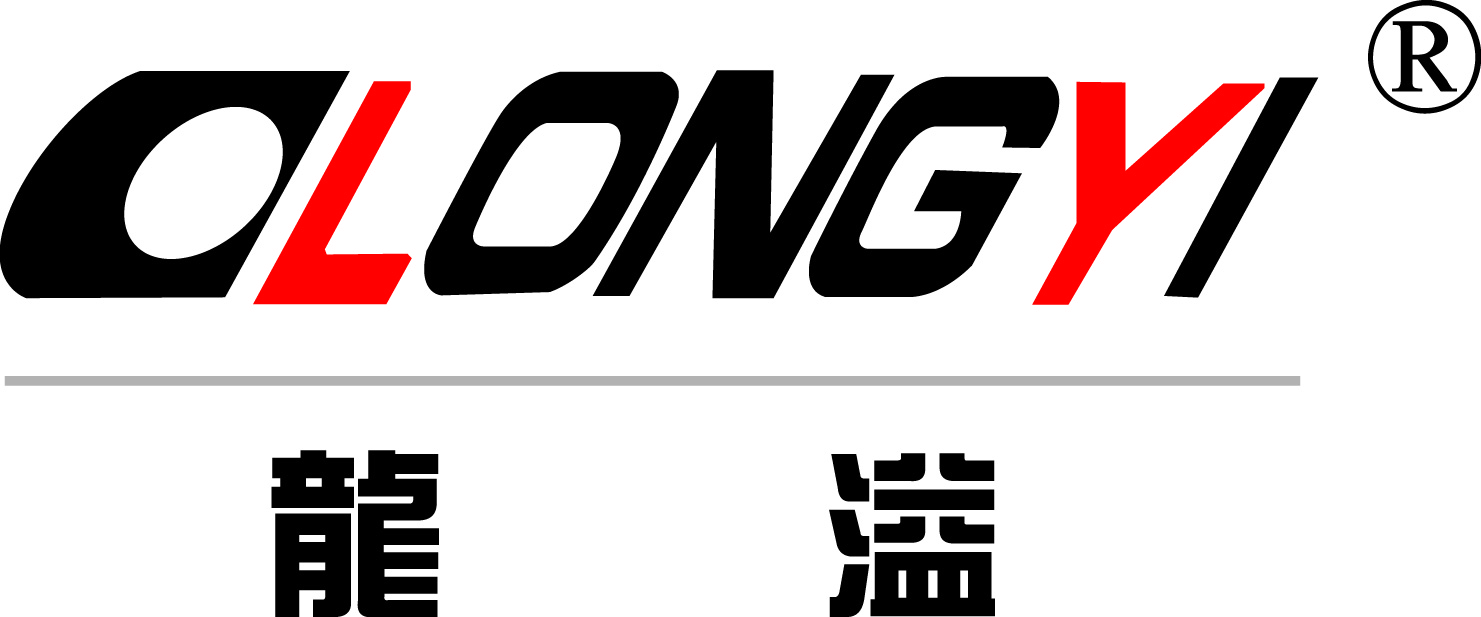For threaded
Terminals, screws, copper posts and platen are important components of the clamping mechanism. For non-threaded terminals, springs or spring cards are important components of the clamping mechanism. No thread terminal, the pressing mechanism is mainly spring, so the selection of spring is very important, both to ensure that there is enough contact pressure, to ensure that the wire will not be too damaged, spring terminal is currently more reliable without thread terminal. When entering the line, you can press the spring by pushing the block or screwdriver, after entering the line, loosen the spring, use the spring back tension to press the wire tightly, produce enough contact pressure, and then use the edge of the spring to choke the wire, so that it will not loose or artificially pull out.
During the use of terminal blocks, a large torque is generated to ensure sufficient contact pressure for the wire. As specified in GB2099 and GB16915, tightening or loosening the clamping screw does not cause loosening of the terminal. Threaded terminal, screw self-locking ability to play a decisive factor, the general principle of terminal screw self-locking is based on the "lifting cylinder principle". When tightening the screw, the screw tightening force does not directly act on the wire, but on the clamping part. The resulting automatic step self-locking makes the screw friction gradually increase, realizes the screw self-locking, and finally clamps the wire on the conductive strip. There are different torque requirements for different thread diameters, such as M3 pressure screw, requiring a torque of 80N will not cause damage to the terminal.
There is no air gap in the column of wiring terminal magnetic system, and the remanence is too large. Part of the pole surface at the remanent magnetic gap is filed away to make the gap 0.1-0.3mm, or a 0.1uF capacitor is connected in parallel at the two ends of the coil. The surface of the contactor core is oily or greasy after a period of use. Wipe the rust proof grease on the surface of the iron core. The surface of the iron core should be smooth, but it should not be too bright, otherwise it is easy to cause delayed release. During the entire assembly process, it must withstand the high temperature of the preheating zone and the temperature transmitted to the terminal body by wave soldering. Flux must not affect terminals and must be easily removed without any residue. The entire assembly process must be water-washable.



